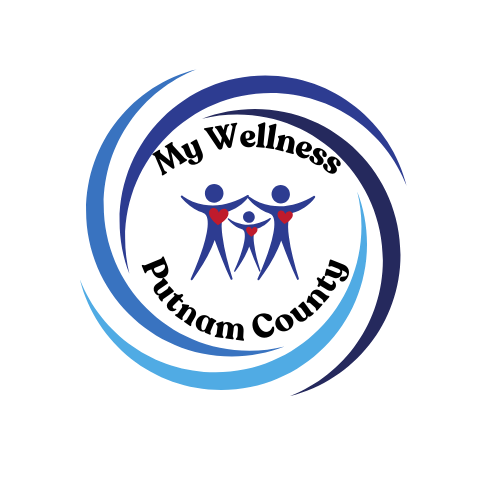Pain Management
Living with chronic pain can be all-consuming and debilitating, from the physical and emotional toll to the impact on your professional and personal life. This is why pain management is one of the most critical aspects of health care.
There are many ways to manage pain, from prescription and over-the-counter medications to interventional procedures and physical therapy. What works for one person may not work for another, so it's essential to explore your options and find the method or combination of techniques that provide the most relief.
Types of Pain:
Pain can be classified as either acute or chronic.
Acute Pain
Acute pain is generally caused by an injury, surgery, or illness and usually resolves within a few weeks or months. However, chronic pain can develop even after the initial injury has healed.
Common acute pain symptoms include throbbing, aching, and sharp sensations.
Chronic Pain
Chronic pain is pain that lasts for a long time. Many things, including injury, illness, or age, can cause it. Chronic pain symptoms can include throbbing, aching, stiffness, and fatigue.
Chronic pain is a common problem, affecting an estimated one in five Americans. There are many causes of chronic pain, including injury, inflammation, and disease.
Chronic Pain Disorders
Millions of people suffer from chronic pain conditions, making everyday activities difficult.
Chronic pain disorders can be incredibly isolating and frustrating.
Chronic pain disorders can include but are not limited to, diabetes, arthritis, fibromyalgia, multiple sclerosis, shingles, and irritable bowel syndrome.
Neuropathic Pain
Nerve or neuropathic pain is a form of chronic pain caused by damage to the peripheral nervous system or central nervous system. Nerve pain is often described as a burning, tingling sensation or a shooting or stabbing pain.
Treatment Options

Various pain relief treatment options include medication, physical therapy, massage, lifestyle changes, and surgery.
Medication Management
Pain medicine is often the first line of treatment. There are a variety of over-the-counter and prescription pain control medications that can be effective in managing chronic pain, such as analgesics and anti-inflammatory drugs, as well as heat or cold packs.
Interventional Procedures
Interventional procedures are used when pain medication has not successfully relieved your pain or to treat severe pain. These procedures can include things like injections or nerve blocks.
Massage and Physical Therapy
Massage and physical therapy can help you regain strength and flexibility. Physical therapy can play an essential role in improving the range of motion and helping to prevent further pain.
Physical therapy uses various methods to help the body heal and recover. One such approach is manual therapy, which involves hands-on soft tissue manipulation to improve joint mobility and decrease pain. This may include stretching, massage, joint mobilization, or even specialized techniques such as craniosacral therapy.
Additionally, physical therapists may use other modalities, such as electrical stimulation, to reduce pain signals to the brain.

Physical therapists are also educated in ergonomics and posture education to help their patients maintain proper form during an exercise program.
Finally, physical therapists can provide education on the proper pacing of activities, as well as lifestyle modifications that can help reduce pain. With the right physical therapy program, you can significantly reduce discomfort and better manage your condition.
Surgery
In some cases, surgery may be necessary to correct the underlying cause of chronic pain.
Counseling Services
Counseling can help you deal with chronic pain's emotional aspects.
Individualized Care
No matter what treatment approach is taken to control pain, the goal is always to provide relief from pain and improve quality of life. However, not all treatments are effective for everyone, and managing pain can be challenging. Every patient is different, and so is their experience with chronic pain.
For this reason, finding a healthcare provider with experience treating chronic pain who will take time to get to know their patient's unique situation and provide individualized care is of utmost importance.
Pain Management Tips
While there is no one-size-fits-all solution to relieve chronic pain, some options are available to lessen its impact on your life.
1. Understand your pain
It’s essential to take the time to understand your specific type of pain. What triggers it? What makes it better? What makes it worse? The more you know about your chronic pain, the better equipped you will be to manage it.
2. Exercise

Exercise can be essential to managing chronic disease and pain levels, depending on your condition. Exercise releases endorphins—the body’s natural painkillers—which can help to relieve pain. Plus, regular exercise has been shown to improve sleep quality, which is also essential for managing pain levels. Just be sure to start slow and listen to your body; overdoing it can make the pain worse.
3. Make healthy lifestyle choices
Eating right, staying hydrated, and getting enough sleep are all crucial to help reduce pain. These healthy lifestyle choices will help reduce inflammation and improve overall energy levels, which can help lessen pain levels.
4. Don't suffer in silence
It’s easy to feel like you’re the only one struggling with chronic pain, but you’re not. Talk to your friends and family about what you’re going through. Join a support group. See a therapist. Withholding your feelings will only worsen things in the long run.
If you are suffering from chronic pain, please talk to us. We offer individualized care based on each patient's unique needs and condition. We want to help you find relief from your pain so you can get back to living your life. Please get in touch with us today to learn more about how we can help you.








